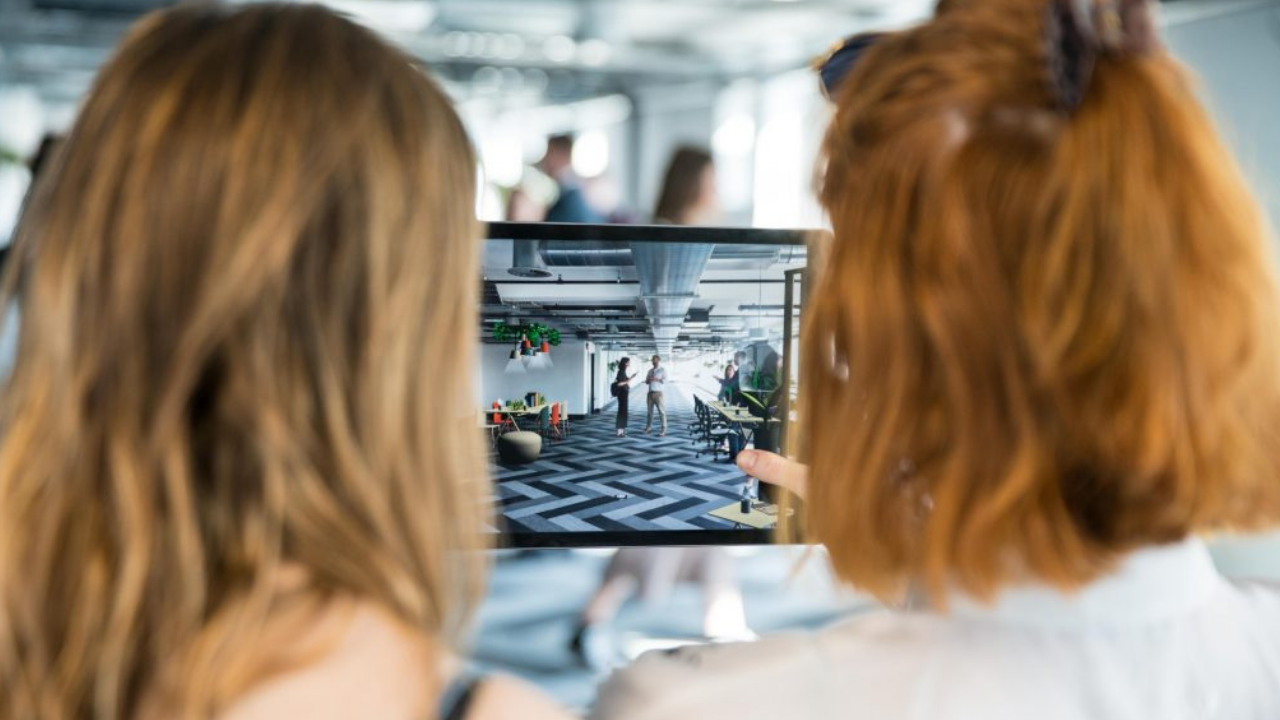Workplaces continue to evolve thanks to advanced technology integration that allows these spaces to be more flexible and efficient.
Paul Bamber, director of technology at Bruntwood, says that businesses are embracing state-of-the-art tech in the race for attracting the best talent. So what can we expect of technology in the workplace this year?
First, internal email is on its way to becoming less relevant as workers find collaboration tools, such as G Suite and Slack, to be a more effective means of communication.
Connected buildings allow workers to be more mobile by giving them the option to work from virtually anywhere in the building, whether that be a lounge area or meeting rooms.
Smart spaces are also becoming more relevant as offices begin integrating smart devices that allow workers to personalize lighting, temperature, assign parking spaces and book meeting rooms.
Flexible offices provide workers much more mobility. Wayfinding systems can aid workers who move from space to space by helping them easily find a space to work, locate a colleague, or find their way around an unfamiliar building.
Virtual Reality (VR) and Augmented Reality (AR) have already made their way into the market, but Mixed Reality will merge the real and virtual worlds that could add a whole new level to training in a workplace.
Artificial Intelligence will continue to play a big part in the workplace as developers continue to perfect its abilities for every day users.


 Dr. Gleb Tsipursky – The Office Whisperer
Dr. Gleb Tsipursky – The Office Whisperer Nirit Cohen – WorkFutures
Nirit Cohen – WorkFutures Angela Howard – Culture Expert
Angela Howard – Culture Expert Drew Jones – Design & Innovation
Drew Jones – Design & Innovation Jonathan Price – CRE & Flex Expert
Jonathan Price – CRE & Flex Expert












